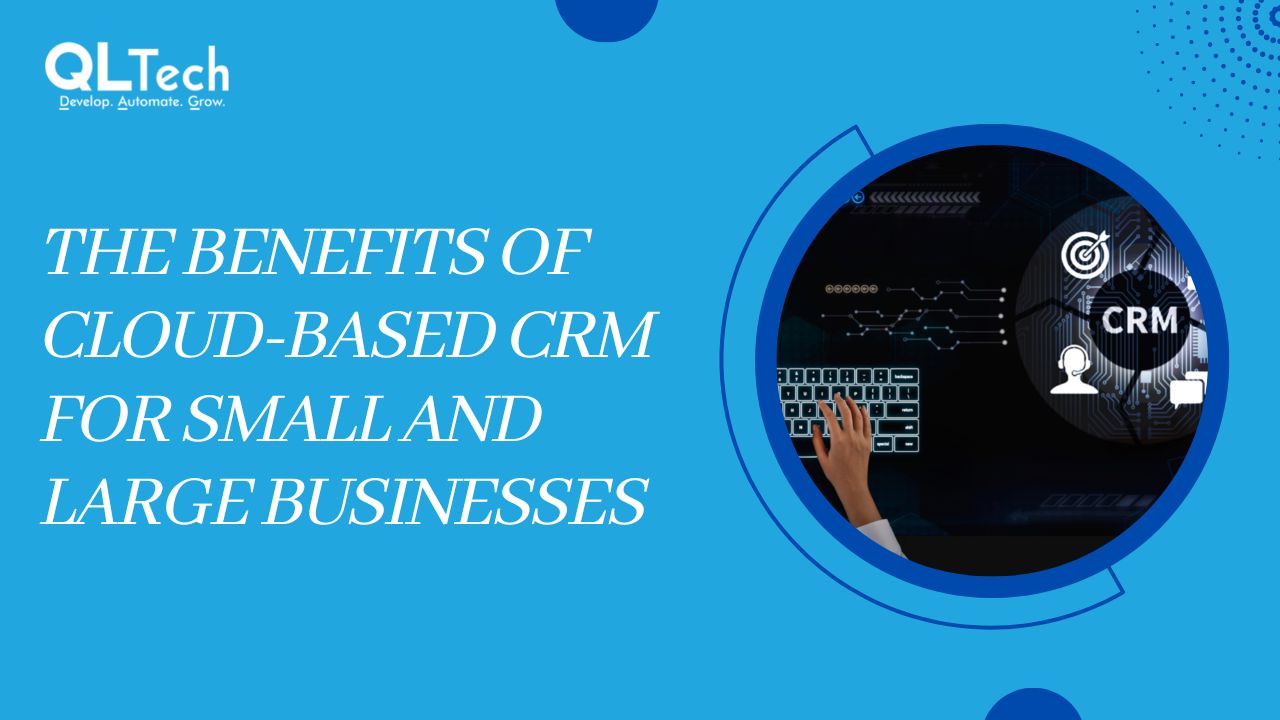As technology continues to evolve at an unprecedented pace, it is reshaping the way we do business, including strategy development. In today’s digital age, consultants must understand the impact of technology on strategy development to stay relevant and provide valuable services to clients. In this blog post, we’ll explore some key aspects of technology’s influence on strategy development and what consultants need to know.

Digital Transformation: A Game-Changer for Strategy Development
Digital transformation has disrupted traditional business models, making it essential for organisations to incorporate technology into their strategy development processes. Digital technologies such as data analytics, artificial intelligence (AI), and machine learning have become critical tools for strategy development. Consultants must be well-versed in these technologies and understand how to apply them to their clients’ businesses.
Data Analytics: The Key to Informed Decision Making
Data analytics has revolutionised the way businesses make decisions. By leveraging data, consultants can gain valuable insights into their clients’ businesses, identify trends, and make informed decisions. However, data analytics is a complex field, and consultants must have the right tools and expertise to analyse and interpret data effectively.
AI and Machine Learning: Enhancing Strategy Development
AI and machine learning are becoming increasingly popular tools for strategy development. These technologies can analyse vast amounts of data and identify patterns that humans may miss, enabling consultants to make better-informed decisions. AI and machine learning can also automate repetitive tasks, freeing up consultants’ time to focus on higher-value activities.
Automation: Streamlining Processes and Reducing Costs
Automation is another technology that is transforming the way we work. By automating routine and repetitive tasks, consultants can save time and reduce costs. Automation can also improve accuracy and reduce errors, making it an invaluable tool for consultants who need to deliver high-quality work efficiently.
The Latest Trends and Tools in Technology
Consultants must keep up with the latest trends and tools in technology to remain competitive. Some of the latest trends in technology that are impacting strategy development include cloud computing, edge computing, and the Internet of Things (IoT). Consultants must also be familiar with tools such as project management software, collaboration tools, and analytics software to stay ahead of the curve.
Conclusion
Technology is transforming the way we do business, including strategy development. Consultants must understand the impact of technology on strategy development and leverage the latest trends and tools to build successful strategies. By incorporating digital technologies such as data analytics, AI, machine learning, and automation into their processes, consultants can provide valuable services to clients and stay ahead of the competition.
Join our community and never miss an update! Subscribe to our newsletter and blog to stay up-to-date on the latest trends, tips, and insights in your area of interest. Don’t miss out on exclusive content, promotions, and special offers. Sign up now and be a part of our growing community!







